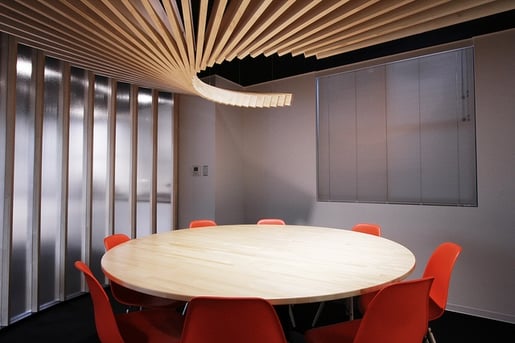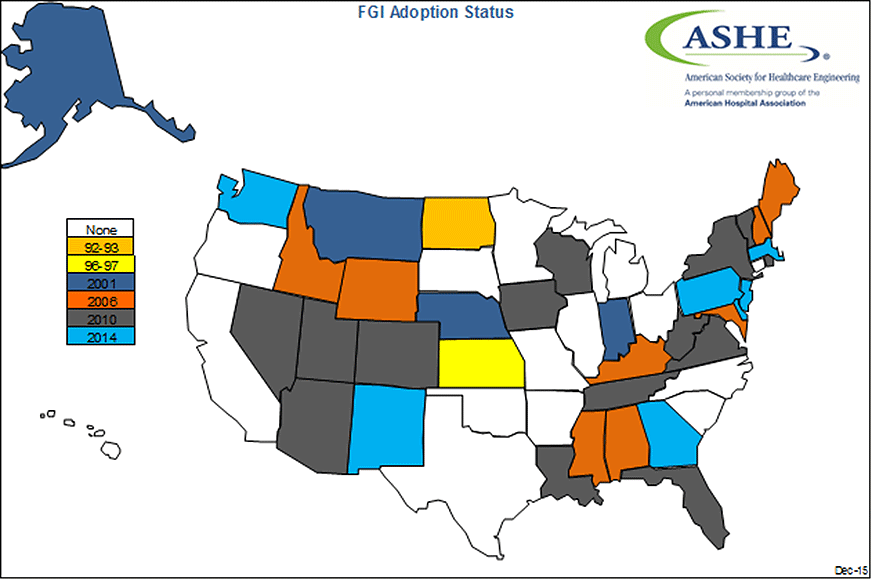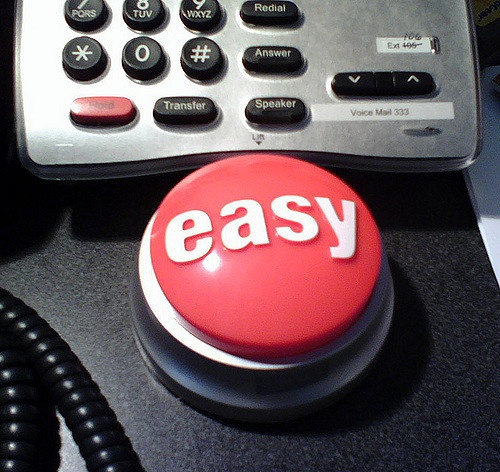I’ve been writing for a few years about the deficiencies in current energy codes regarding commercial and industrial (C&I) lighting efficiency requirements. The problem isn’t fixed, even though I hear people decrying how the code is so stringent, they won’t be able to design buildings that exceed it.
Because I work in large, custom C&I, I tend to reference ASHRAE 90.1 as the code. The requirements in the International Energy Conservation Code, are not significantly different from those in ASHRAE 90.1, so I’m using the later as the proxy for “code” in this blog, as I have in others.
Code Evolution
Let’s look at a few space types and the evolution of the code lighting power allowance (LPA). The lighting power allowance is the maximum allowed watts per square foot (lighting power density or LPD) for a given space type.
 Attractive meeting room lighting. Photo by Flickr user Bakoko
Attractive meeting room lighting. Photo by Flickr user Bakoko
Over the course of these code changes, lighting fixture efficacy has greatly improved. Fixtures available when the 2010 code was written had an efficacy of around 60 lumens per watt (this accounts for both the fluorescent lamp/ballast efficiency and the luminaire efficiency). We now have fixtures readily available on the market with efficacies that are over 130 lumens per watt. The code has not shown any response to this doubling of available product efficiency in the past six years as you can see in Table 1 below.

“Better Than Code” – Really?
While the code has increased control requirements, which is a good thing, it also allows higher LPDs to be installed in exchange for controls. I understand that lighting energy use is a function of both installed LPD and controls. And for LEDs, which offer dimming capability at no incremental costs, light intensity also affects energy consumption. However, we are dealing with a constrained grid, climate change and rapidly evolving lighting technologies that make the code excessive in terms of lighting allowances. This results in projects claiming phantom savings for “better than code” lighting systems that are in fact industry standard practice. Some jurisdictions, such as Massachusetts’ nation-leading energy efficiency programs, have recognized this and energy efficiency programs are no longer using lighting requirements in the code as baseline, but instead are using industry standard practice identified through studies, to claim savings.
Can the Energy Codes Keep Up With Technology?
A separate issue, exacerbated by the lagging codes, is the long code adoption cycle of many states. Many states won’t adopt the 2016 ASHRAE code until the end of this decade, resulting in millions of kWh of claimed lighting savings for new buildings contributing to program goals and LEED ratings that are in fact industry standard practice.
Let’s take a couple of examples:
- A recent healthcare project with LED lighting (designed in 2015-16 with ASHRAE 2010 as the applicable code) had a design that was significantly more efficient than the code requirements. For example, in the lounge/breakroom, the design LPD 0.53w/sq ft using a 105+ Lumen/watt LED 2x2 fixture. This design is 51% more efficient than the applicable code and 42% and 32% more efficient than the future codes. This project is currently in construction. It’s likely that the efficacy of the installed fixtures will be even higher than the specified fixtures resulting in greater installed savings relative to code. In addition, the light levels in this room are over 40 FC maintained which greatly exceeds the Illuminating Engineering Society of North America’s (IESNA) recommended light levels of 4 to 20 FC, meaning the installed wattage could be cut by half again and still deliver the necessary light levels.
- A recent high performance building design, currently in construction, included linear fluorescent lighting for offices. The typical office LPD for a small private office is 0.96 watts per square foot, resulting in an LPD that is 14% more efficient than the applicable code, using fluorescent technology and a light level that is twice that recommended by IESNA for offices. Using LEDs for this project and delivering the ambient light level recommended in the IESNA Handbook the design intent could easily be accomplished at a third of the installed wattage which would be about 60% better than the most stringent published code.
One of the many impacts of the lagging codes is that new buildings are significantly less efficient than they could be. Buildings seeking to exceed code can use the code LPD baseline to generate no cost savings that reduces the drive to improve the efficiency of building envelopes and HVAC systems. We need to find a way to fix this problem – it is leading to overstated savings, unearned LEED points and higher cost buildings (both first cost -more lights installed than needed) and from an operating perspective.


